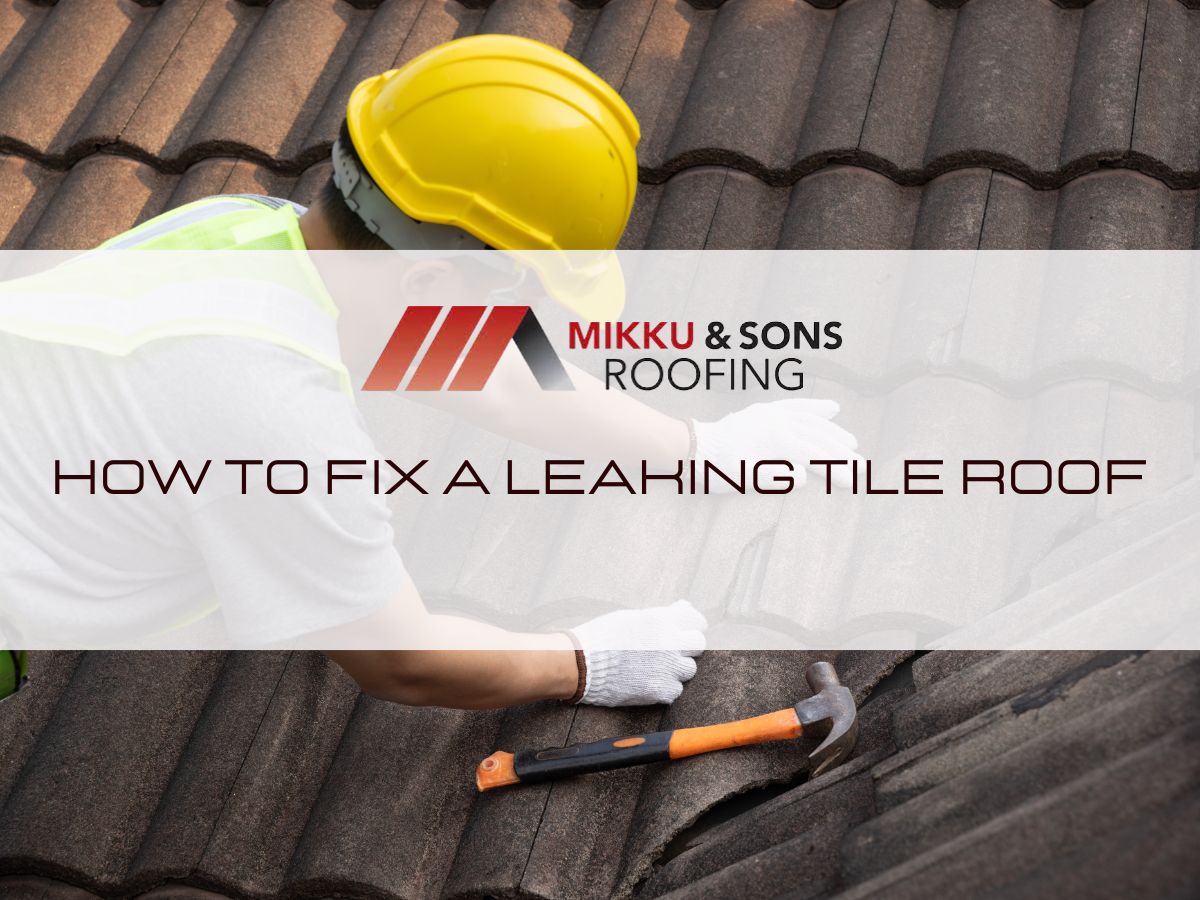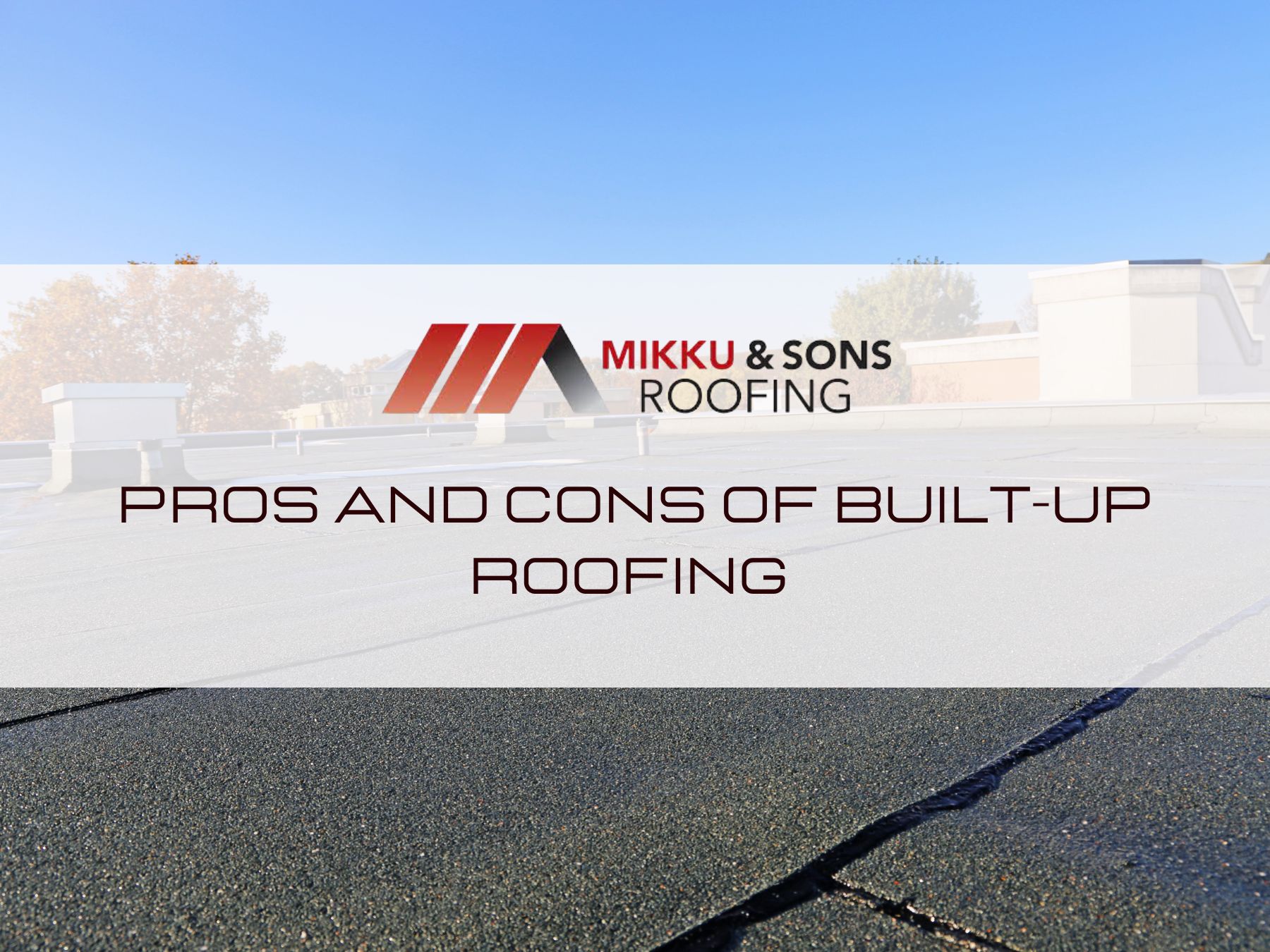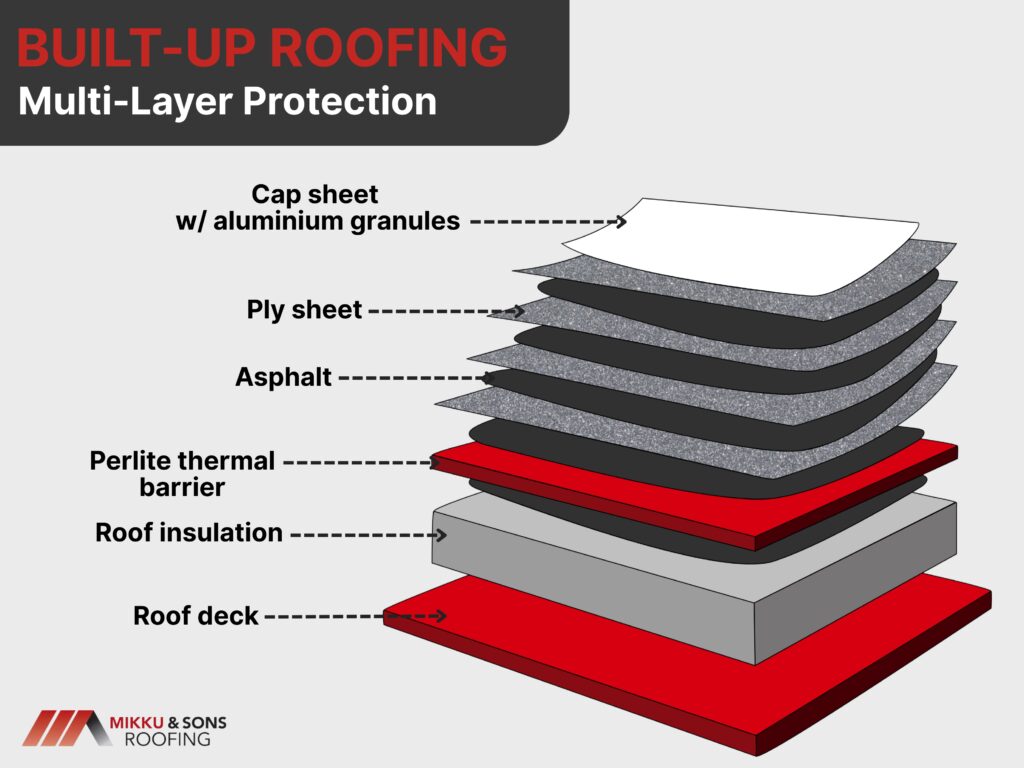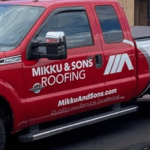

Built-up roofing is one of the oldest and most trusted flat roofing options out there. You have probably seen it on commercial buildings, industrial warehouses, and even some residential properties.
It’s been around for over a century, and there’s a reason it’s still widely used today. Instead of relying on a single layer, BUR uses multiple layers of bitumen and fabric to create a strong and watertight surface.
This method makes it a solid choice for buildings that face harsh weather, heavy foot traffic, or the risk of fire. But is it right for you? There are several factors you need to consider before choosing it for your roof.

Built-up roofing (BUR) is created by layering multiple materials to form a thick, protective barrier over a building. This process involves alternating layers of bitumen (asphalt, coal tar, or cold-applied adhesive) and reinforcing fabric, such as fiberglass or organic mats.
These layers are then topped with a final protective surface, which can be gravel, mineral granules, or a reflective coating. The process typically follows these steps:
The number of layers in a BUR system can vary. Some roofs use three layers (a three-ply system), while others use four or more for increased durability and weather resistance.
There are different types of BUR systems, mainly categorized by the type of bitumen used and the finishing surface. Each type of BUR has its advantages and is chosen based on the building's needs, climate, and budget.
| Roof Type | Lifespan | Installation Complexity | Weight | Weather Resistance | Maintenance Needs | Cost Range (per sq. ft.) |
| Built-Up Roofing (BUR) | 20-30 years | High | Heavy | Excellent | Low to Medium | $5 - $10 |
| Single-Ply (TPO, EPDM, PVC) | 15-25 years | Medium | Light | Good | Medium | $4 - $8 |
| Modified Bitumen | 20-25 years | Medium | Medium | Very Good | Medium | $4 - $9 |
| Metal Roofing | 40-70 years | High | Heavy | Excellent | Low | $7 - $15 |
Some buildings benefit from the added fire protection of gravel, while others may prioritize energy efficiency with a smooth, reflective surface. Here are the most common variations:
A strong roof protects everything inside, stands up to the weather, and reduces the need for frequent repairs. Built-up roofing (BUR) has been a trusted option for decades because of the way it handles these challenges.
These strengths make BUR a smart option for buildings that need a roof that does more than just sit there.
A roof that wears down too fast can lead to costly replacements and constant repairs. BUR is designed to last longer than many other roofing systems because of its layered structure.
Each layer adds protection, preventing common roofing issues like leaks, cracks, and early deterioration. BUR can handle foot traffic and daily exposure to harsh elements without losing its strength.
Many BUR systems can last 20 to 30 years or more with proper installation and maintenance, making them a long-term solution for those who want fewer roofing headaches.
Roofs that fail under extreme weather can leave a building vulnerable to leaks, mold, and structural damage. BUR’s thick, multi-layered design provides excellent protection against heavy rain, strong winds, and intense sunlight.
Each layer works together to create a strong barrier that prevents water from seeping through and causing internal damage. Even in areas where temperature swings are common, BUR holds up well.
It can expand and contract without cracking, reducing the risk of sudden failures.
Fire safety is a major concern for any building, and some roofing materials can increase the risk of flames spreading. BUR is naturally fire-resistant, especially when topped with a layer of gravel or a reflective coating.
These materials help slow down the spread of fire, giving occupants more time to respond and emergency crews a better chance of controlling the situation. Some insurance providers even offer lower premiums for buildings with fire-resistant roofing.
This makes BUR a practical choice for businesses and homeowners looking to reduce fire risks while potentially lowering long-term costs.
A roof that constantly needs repairs can drain your budget fast. BUR installation costs can be higher upfront, but its long lifespan and low maintenance needs can make it a more affordable option over time.
The layered design helps prevent common roofing problems, reducing the need for frequent fixes. Because BUR can last for decades without major issues, property owners save money by avoiding early replacements.
When you factor in fewer repair costs and lower long-term maintenance expenses, BUR often proves to be a cost-effective investment.
Leaky roofs are one of the biggest concerns for any property owner, and seams are often the weak points where water finds its way in. BUR has fewer seams than many other roofing systems, reducing the chances of leaks developing over time.
The layered installation process creates a tight, secure surface that stays watertight even in harsh conditions. This seamless design also makes it easier to apply protective coatings or gravel to further enhance the roof’s strength.
With fewer weak spots, BUR provides reliable coverage that helps keep your building safe and dry for years to come.
Roofs are constructed with their strengths in mind, but none is perfect. Built-up roofing (BUR) offers solid protection, longevity, and fire resistance, but it also comes with drawbacks.
Before committing to BUR, it’s important to consider the downsides and see if they outweigh the benefits for your specific situation.
A strong roof is a good thing, but too much weight can be an issue. BUR is one of the heavier roofing systems available, and not all buildings can handle the extra load.
The multiple layers of bitumen and fabric, along with the gravel or reflective coating on top, add significant weight. In some cases, additional structural support is required to prevent stress on the building.
This can increase installation costs and extend the project timeline. If a building wasn’t originally designed to support a BUR system, reinforcing it can be expensive and may not always be practical.
Getting a BUR system installed isn’t as simple as laying down a few sheets of material. It requires a detailed, labor-intensive process that can take more time than other roofing options.
The use of hot asphalt or tar during installation can produce strong odors, making it unpleasant for people inside the building. For businesses, this can be disruptive, especially if the work is being done while operations are still running.
The longer installation time also means more labor costs, which can add up quickly. Compared to single-layer systems that go on quickly, BUR takes patience and skilled professionals to get it done right.
A flat roof isn't ideally flat and usually has a slope to it. BUR works well for low-slope roofs, but steeper roofs don't benefit from BUR's multi-layered design, and sometimes, the material may not adhere properly.
Buildings with weight restrictions or limited structural capacity may also struggle to support a BUR system without modifications. This makes it important to assess a building’s design before choosing BUR.
If the structure isn’t built to handle the extra weight or if the slope isn’t right, a different roofing system might be a better option.
Although BUR offers long-term savings, the initial investment can be high. The materials, labor, and time required to install it properly make it more expensive upfront than some other roofing systems.
| Cost Factor | Estimated Cost Range (per sq. ft.) |
| Materials (bitumen, fabric, gravel, coatings) | $2.50 - $5.00 |
| Labor (installation, skilled workers) | $3.00 - $7.00 |
| Structural Reinforcements (if needed) | $2.00 - $6.00 |
| Insulation (optional but recommended) | $1.50 - $3.50 |
| Maintenance (periodic inspections, minor repairs) | $0.10 - $0.50 (annual) |
| Repairs (leak fixes, patching layers) | $1.00 - $4.00 |
| Replacement (full re-roofing if necessary) | $6.00 - $12.00 |
This can be a dealbreaker for those looking for a budget-friendly option. The cost is often justified by the roof’s long lifespan and lower maintenance, but not everyone has the budget to cover the higher upfront expense.
If immediate affordability is a priority, BUR might not be the best choice.
Every roof has its maintenance needs, and fixing them can be a challenge when BUR develops issues. Since the system consists of multiple layers, pinpointing the exact location of a leak isn’t always straightforward.
Water can travel between layers before showing signs of damage, making it harder to detect the source of the problem. Patching a BUR roof also requires care.
If not done correctly, repairs can create weak spots or stand out visually from the rest of the roof. This can affect performance and appearance, which might be a concern for property owners who want a uniform look.
The type of roofing system you choose affects your building’s durability, maintenance needs, energy efficiency, and even long-term costs. Built-up roofing (BUR) has proven itself as a strong, long-lasting option, especially for flat and low-slope roofs.
The balance between form and function plays a key role in how a roof performs. Flat roofs require a roofing system that prevents water buildup and protects against UV exposure.
They provide more usable space and a modern, efficient design, but they also demand materials that can withstand standing water and heavy foot traffic. This is where the multi-layered construction of BUR excels as it creates a solid, watertight surface that works well in these conditions.
